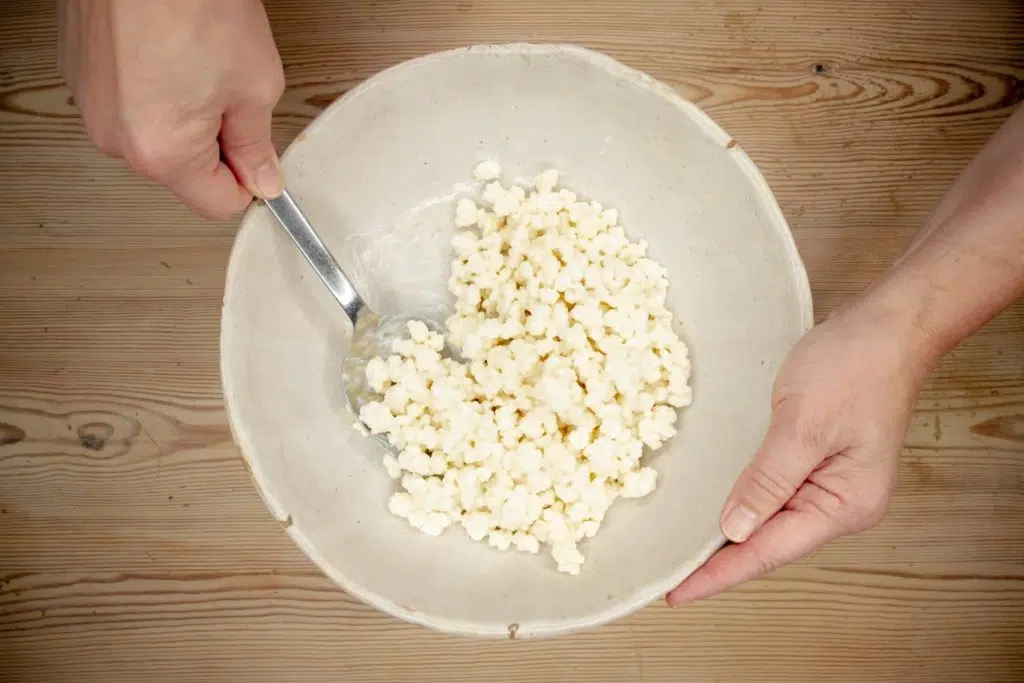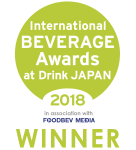Little was known about kefir outside the Black Caucasus Mountains which run along the continental divide between Asia and Europe, despite the fact that Marco Polo mentioned kefir in his writings. The shepherd inhabitants of the Black Caucasus region guarded their kefir grains jealously, calling them “The Grains of the Prophet,” and refusing to give them away to outsiders.
Grains were passed down as dowries inside families, and although outsiders like Marco Polo were occasionally given some of the fizzy beverage to drink, no one was allowed to handle the kefir grains or learn the secrets of its production. Thus kefir has remained a mystery to the rest of the world for many centuries.
In the Black Caucasus Mountains, the traditional method of making kefir was to pour fresh milk into watertight bags made of goatskin, and add the cauliflower-like kefir grains into the bags, where they were suspended in the sun during the day.
When the sun went down, the goatskin bag was brought inside and hung near the door. Each person that passed through the doorway would push or prod the bag, helping to ensure that the milk and kefir grains remained well mixed as the milk fermented. As the kefir was consumed, more milk would be added to the bag for a process of continual fermentation.
Sometimes kefir was made in clay pots, wooden buckets or even vats of oak, but the most traditional method was in watertight skin bags. Today at Chuckling Goat, we use essentially the same method, except that we make our kefir in 50 ltr stainless steel microbrewery vats to fulfill modern hygiene requirements.
Shepherds could make their own kefir as they traveled; they took skins of kefir with them on their treks across the slopes, adding fresh milk from the animals they herded to replace what they drank. As the shepherd moved, the milk would mix with the kefir grains and ferment into the mildly self-carbonated beverage.














